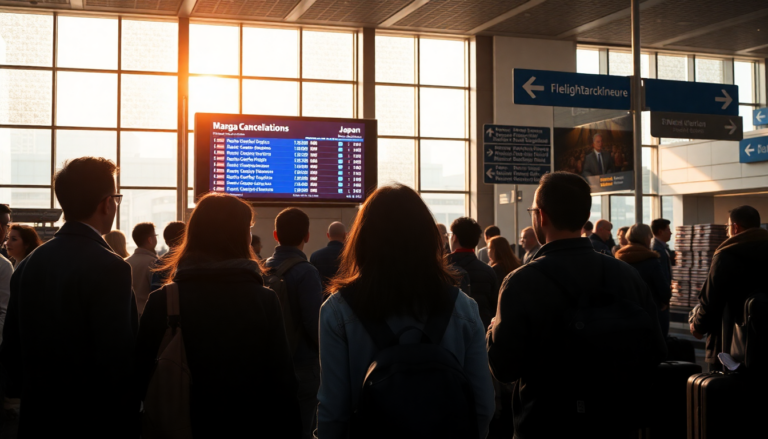Argomenti trattati
The world of travel can often be unpredictable, but sometimes the reasons behind cancellations are surprising, even baffling. Recently, a Japanese manga titled “The Future I Saw” has created ripples in the travel plans of many, particularly among tourists from Asia. Originally published in 1999 by Ryo Tatsuki, the manga warned of a massive disaster expected in March 2011, a date that coincided with the real-life earthquake that struck Japan’s Tohoku region. Fast forward to 2021, and a revised edition claims another significant disaster is set for July 2025, causing alarm and prompting travelers to reconsider their visits to Japan.
Understanding the origins of the prophecy
Ryo Tatsuki’s work isn’t just a simple comic; it’s a reflection of her dreams, depicted through a fictionalized version of herself. The original cover art hinted at a “great disaster” that would occur in 2011, which many readers now see as a chilling premonition. The recent re-release of the manga includes additional content that suggests a cataclysmic event is on the horizon for July 5, 2025. This prediction has fueled sensational posts across social media, leading to heightened fears and cancellations by travelers.
The ripple effect on tourism
Data shows that tourists from South Korea, Taiwan, and Hong Kong are particularly influenced by this prophecy. Flight bookings from Hong Kong have plummeted by 50% year-on-year, with some periods, especially late June to early July, witnessing a staggering 83% drop. Such significant declines have raised concerns among local officials and tourism boards, prompting calls for calm and rational consideration.
Yoshihiro Murai, the governor of Miyagi Prefecture—one of the areas devastated by the 2011 disaster—has publicly addressed these fears. He urged travelers to dismiss the unfounded rumors and consider the region’s ongoing recovery and resilience. Meanwhile, NHK reported that the manga has spawned over 1,400 YouTube videos, many of which have sensationalized the predictions, suggesting everything from volcanic eruptions to meteor impacts.
Expert opinions on disaster predictions
Japan is situated on the Pacific Ring of Fire, making it one of the most earthquake-prone countries in the world. This geological reality often fuels public anxiety about natural disasters. Experts stress that while earthquakes are a genuine risk, predicting their exact timing and location is nearly impossible. They advise potential travelers to focus on the beauty and safety of Japan rather than the speculative fears stemming from fiction.
As social media amplifies fears, celebrities and influencers also weigh in. Qi Xian Yu, a well-known feng shui master from Hong Kong, has advised people to avoid Japan, adding to the growing anxiety. Such endorsements can sway public perception rapidly, leading to substantial shifts in tourism behavior. The power of social media, combined with the emotional weight of prophetic narratives, creates a unique cultural phenomenon that affects real-world decisions.
Reassessing travel decisions
As travelers navigate their options, many are left wondering how much weight to give to these prophecies. While some may heed the warnings, others may see this as an opportunity to explore Japan, perhaps even finding solace in its rich culture and welcoming spirit. The ongoing debate about the influence of fiction on reality illustrates the complex interplay of belief, fear, and adventure in our travel choices.
Looking ahead
With a blend of excitement and apprehension, potential travelers should remember that Japan remains a vibrant destination with countless experiences to offer. Whether it’s the tranquil beauty of its temples, the bustling energy of its cities, or the warmth of its people, Japan continues to entice millions. As the date of the purported disaster approaches, the hope is that travelers will choose to embrace the joys of exploration rather than succumb to fear.

